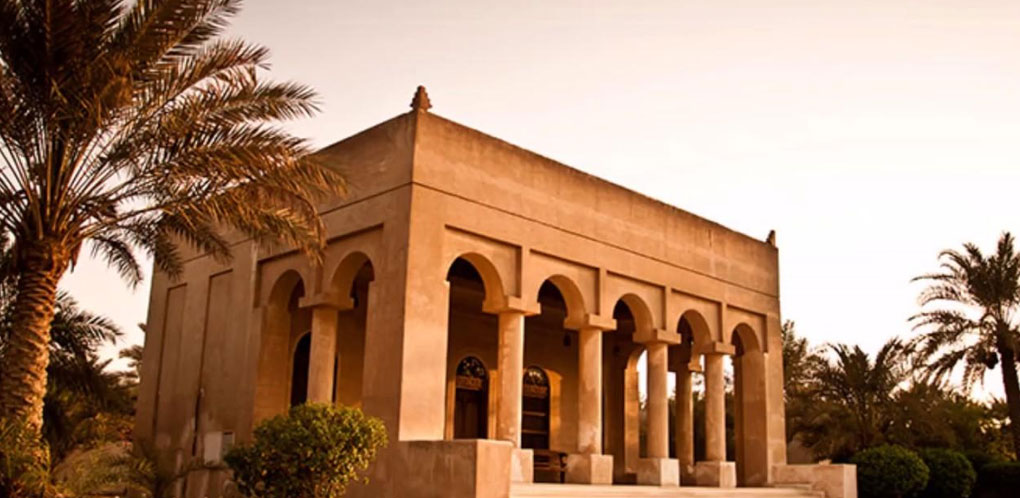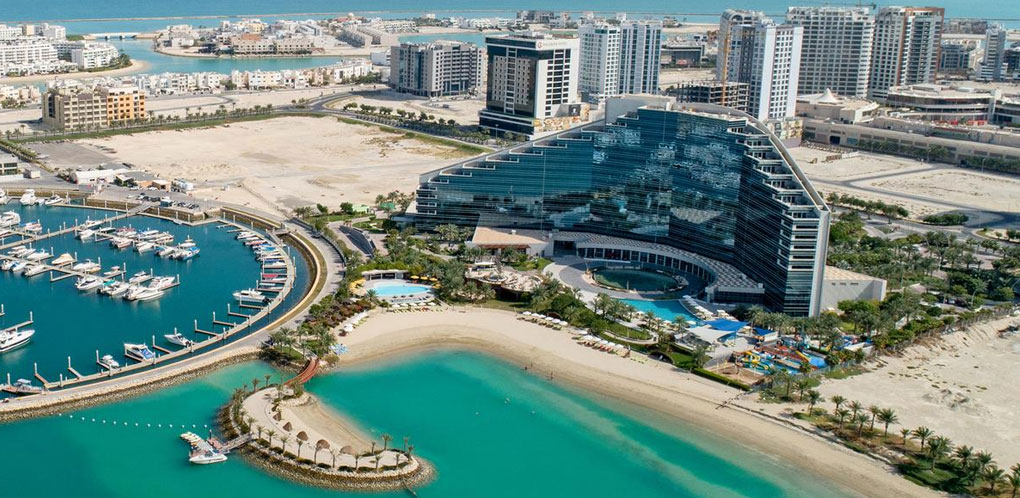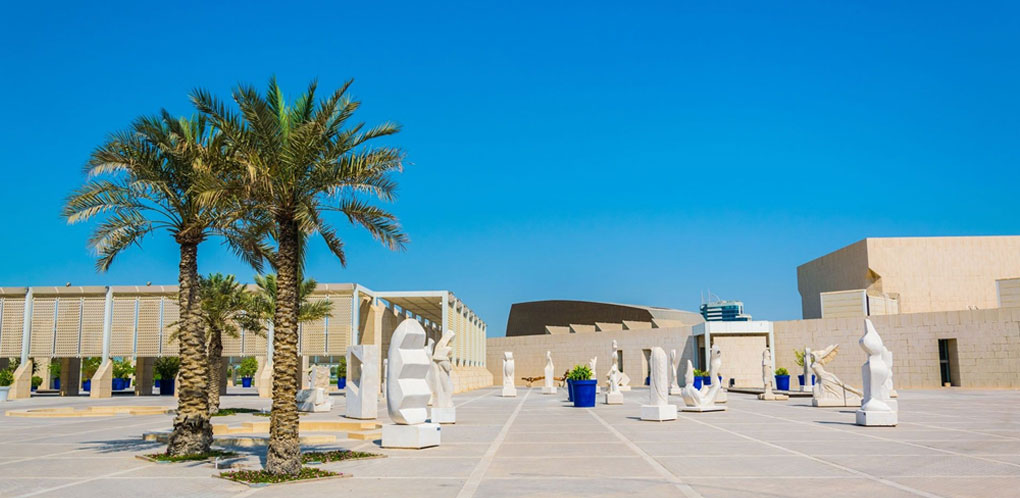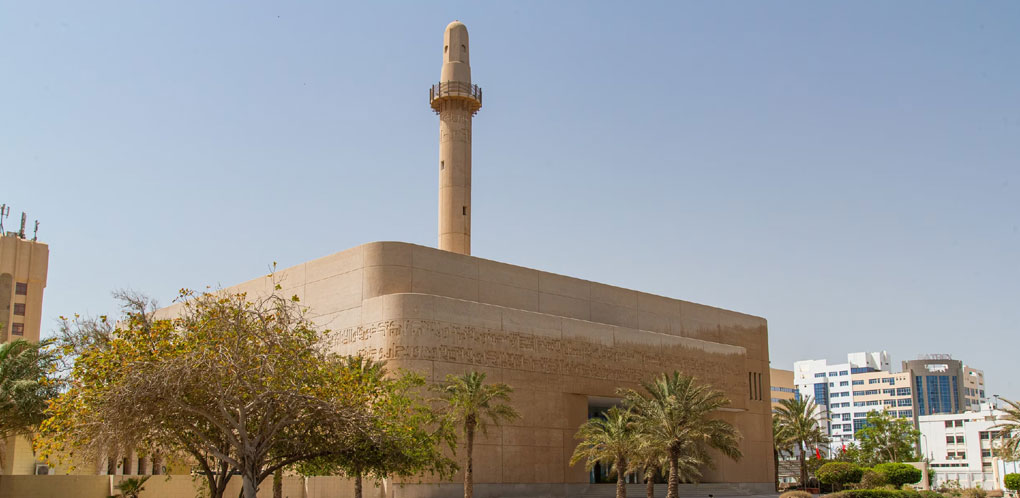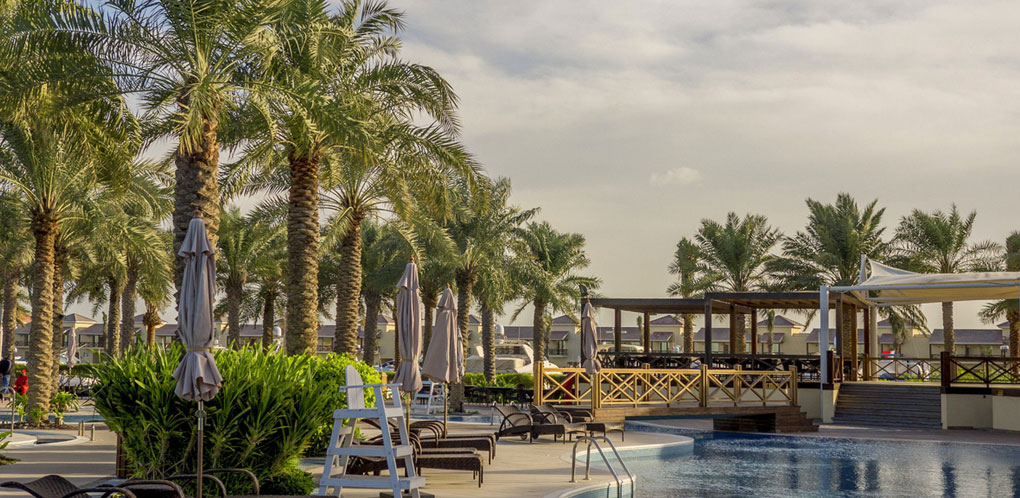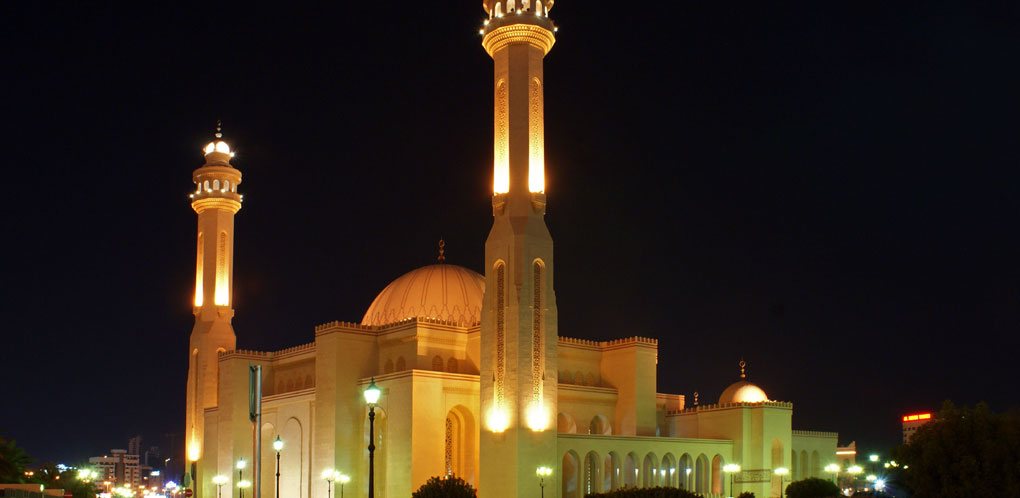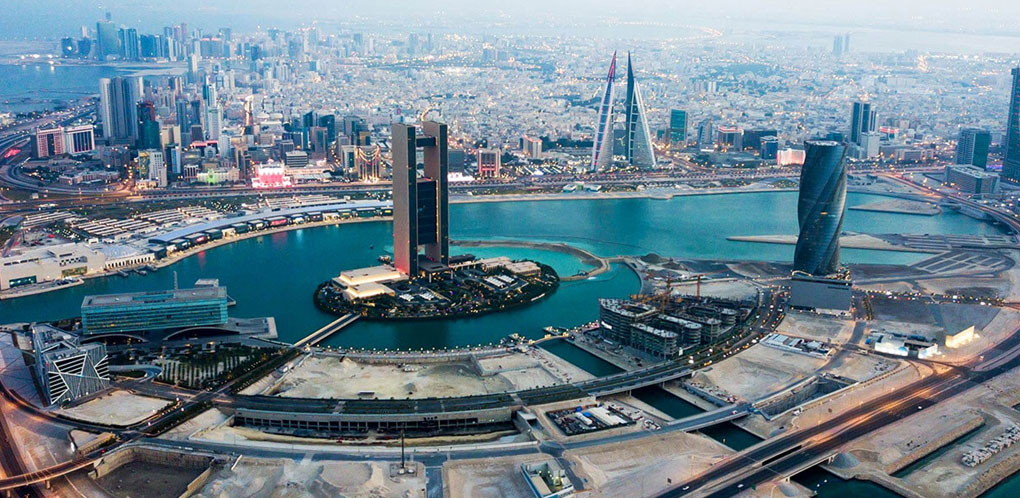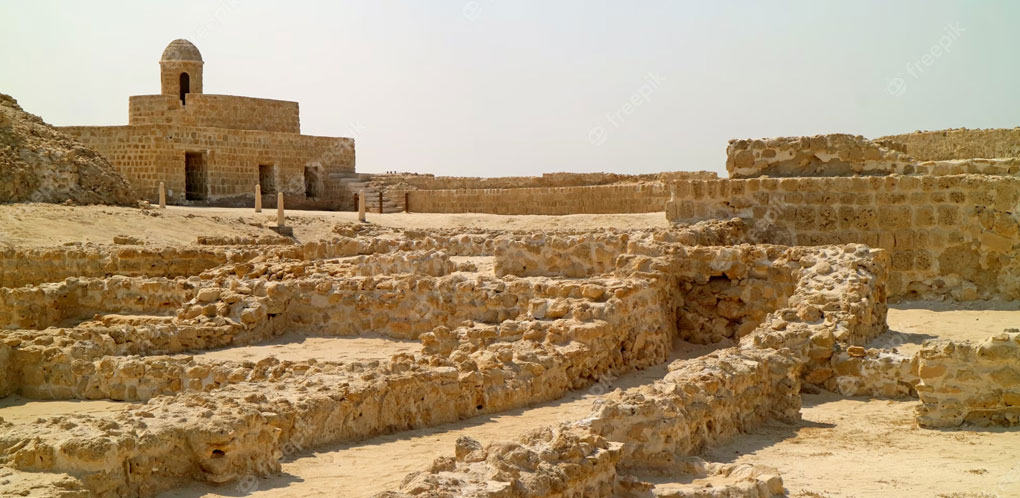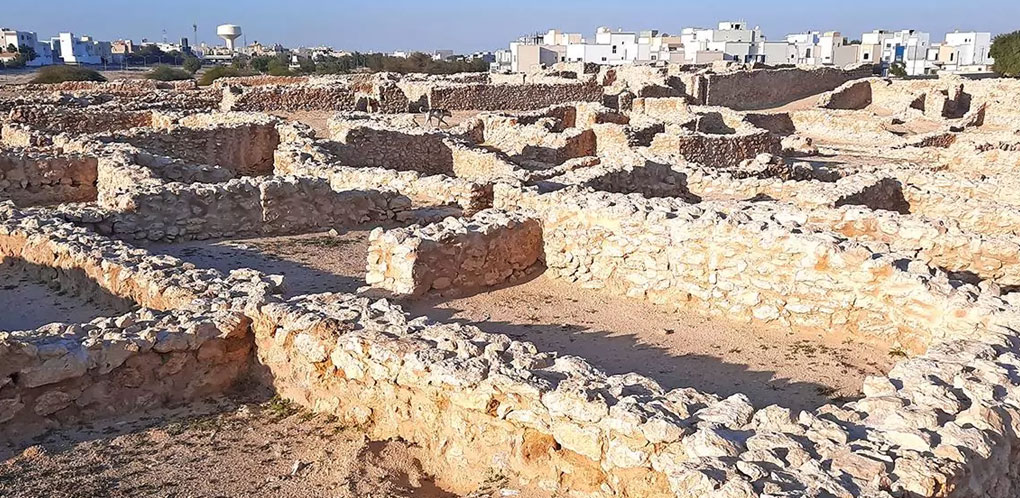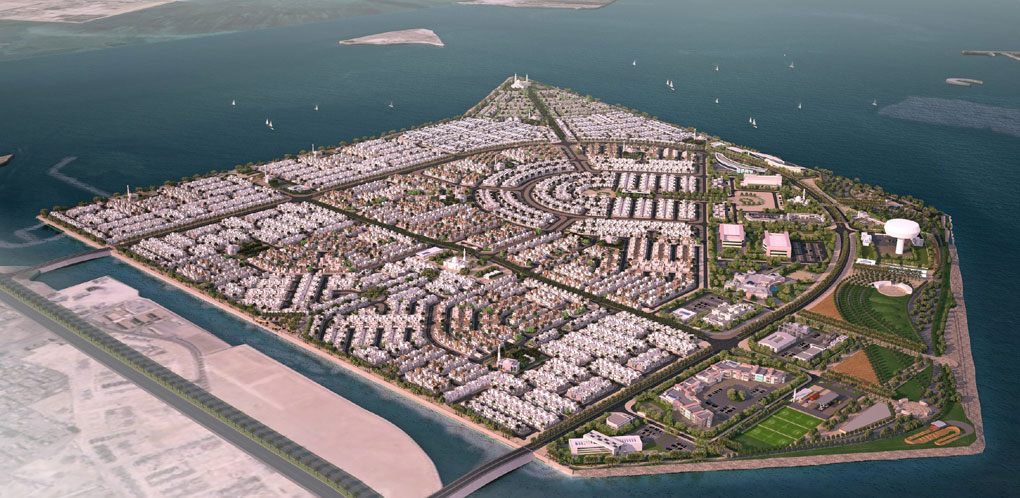
Hawar Island
The islands were first surveyed in 1820, when they were called the Warden’s Islands, and two villages were recorded.
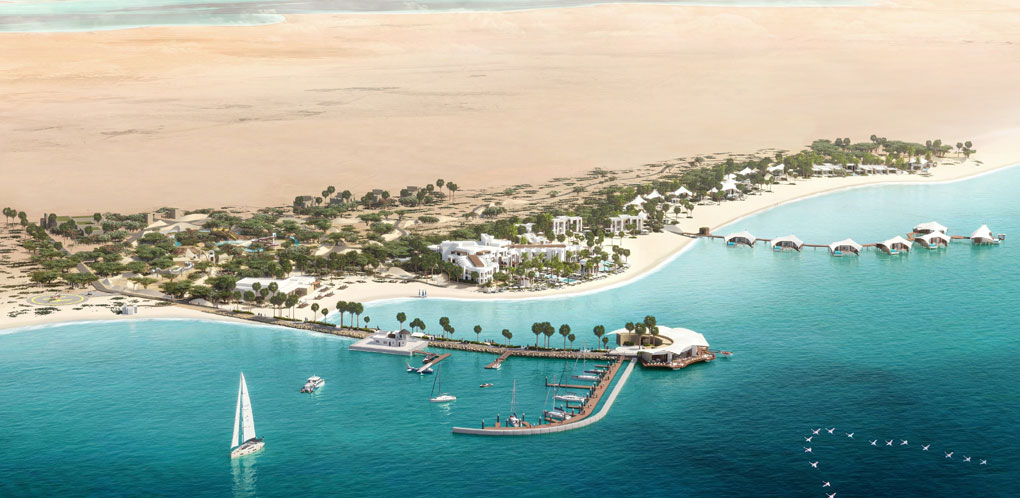
Hawar is an archipelago comprising six major and over thirty smaller islands of various sizes, with a total land area of just over 50sq. km. The islands lie approximately 26 km southeast of mainland Bahrain, close to the qatar peninsula.
History of Hawar Island
Welcome to the Islands, the last untouched wilderness of Bahrain, characterized by its pristine beauty and remarkable biodiversity. These islands are a haven for nature enthusiasts and wildlife adventurers, offering a myriad of attractions that showcase their unique natural splendor.
Despite their small size, the Islands boast a wealth of wonders, from migratory waders gracing the shores to vibrant coral reefs teeming with multicolored marine life. Witness the enchanting sight of endangered sea cows leisurely gliding through the tranquil green waters, surrounded by flourishing sea grass beds. These scenes epitomize the captivating natural allure of the Islands, offering an unforgettable experience for visitors.
The Hawar Islands form an archipelago of desert islands, predominantly owned by Bahrain, with the exception of the southern, small, and uninhabited Jinan Island, which falls under the administration of Qatar. Situated off the west coast of Qatar in the Gulf of Bahrain within the Persian Gulf, this archipelago is a gem waiting to be explored.
Embark on a journey to the Islands and immerse yourself in their untouched wilderness. Discover the beauty of their landscapes, marvel at their diverse wildlife, and revel in the tranquility of their pristine surroundings. Whether you’re a nature lover, an adventurer, or simply seeking solace in the midst of nature, the Islands offer a sanctuary like no other. Explore, experience, and cherish the natural wonders of Bahrain’s hidden gems, waiting to be discovered by all who seek them.
Climate of Hawar Island
Summer in Bahrain is unpleasant, as high temperatures frequently coincide with high humidity. Midday temperatures from May to October exceed 90 °F (32 °C), often reaching 95 °F (35 °C) or higher; summer nights are sultry and humid. Winters are cooler and more pleasant, with mean temperatures from December to March dipping to 70 °F (21 °C). Rainfall is confined to the winter months and averages only 3 inches (75 mm) per year, but this may vary from almost nothing to double that amount. On average, rain falls only about 10 days a year. Sunshine is abundant year-round. The predominant wind is the damp, northwesterly shamāl; the qaws, a hot, dry south wind, is less frequent and brings sand, dust, and low humidity.



